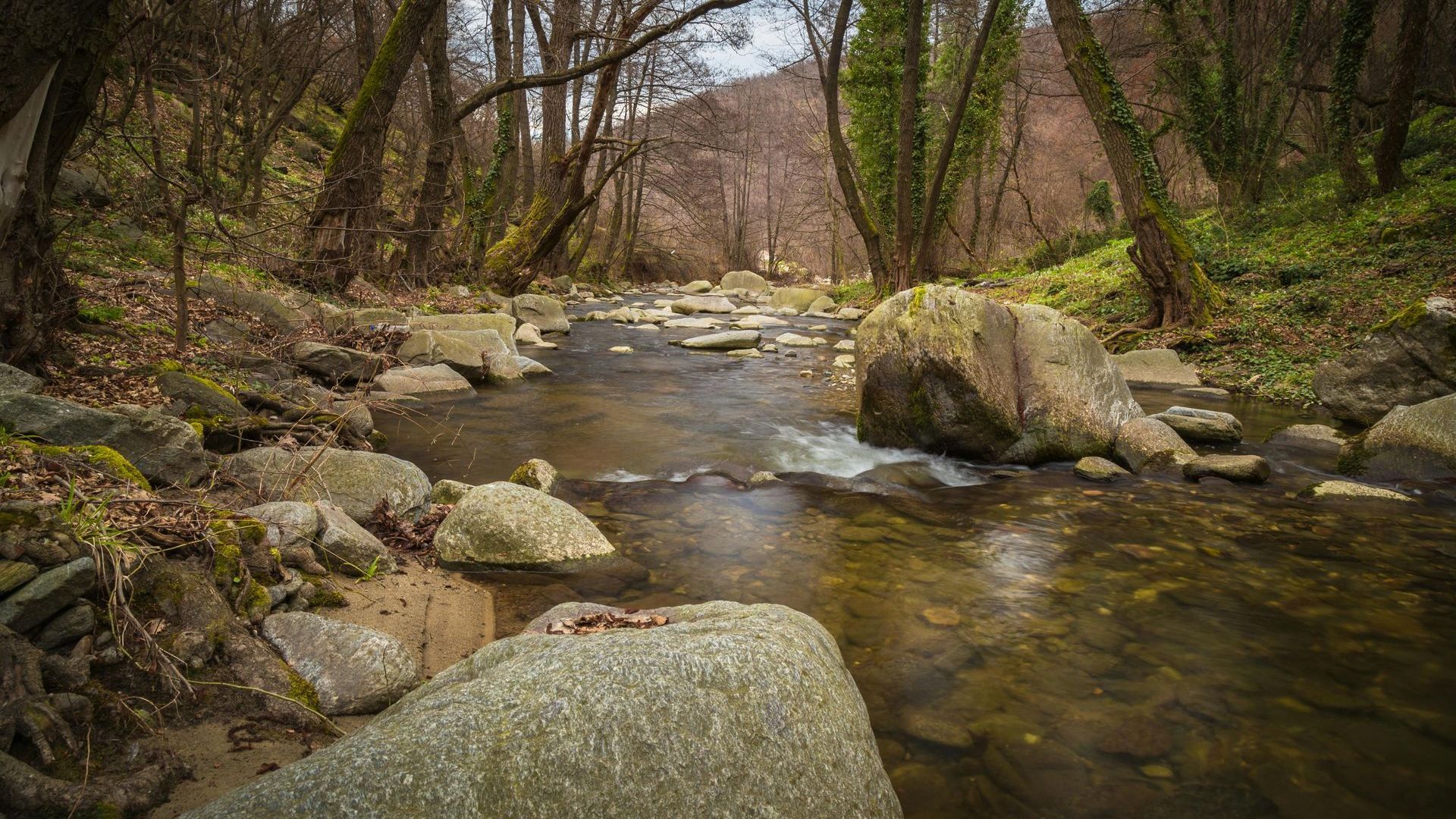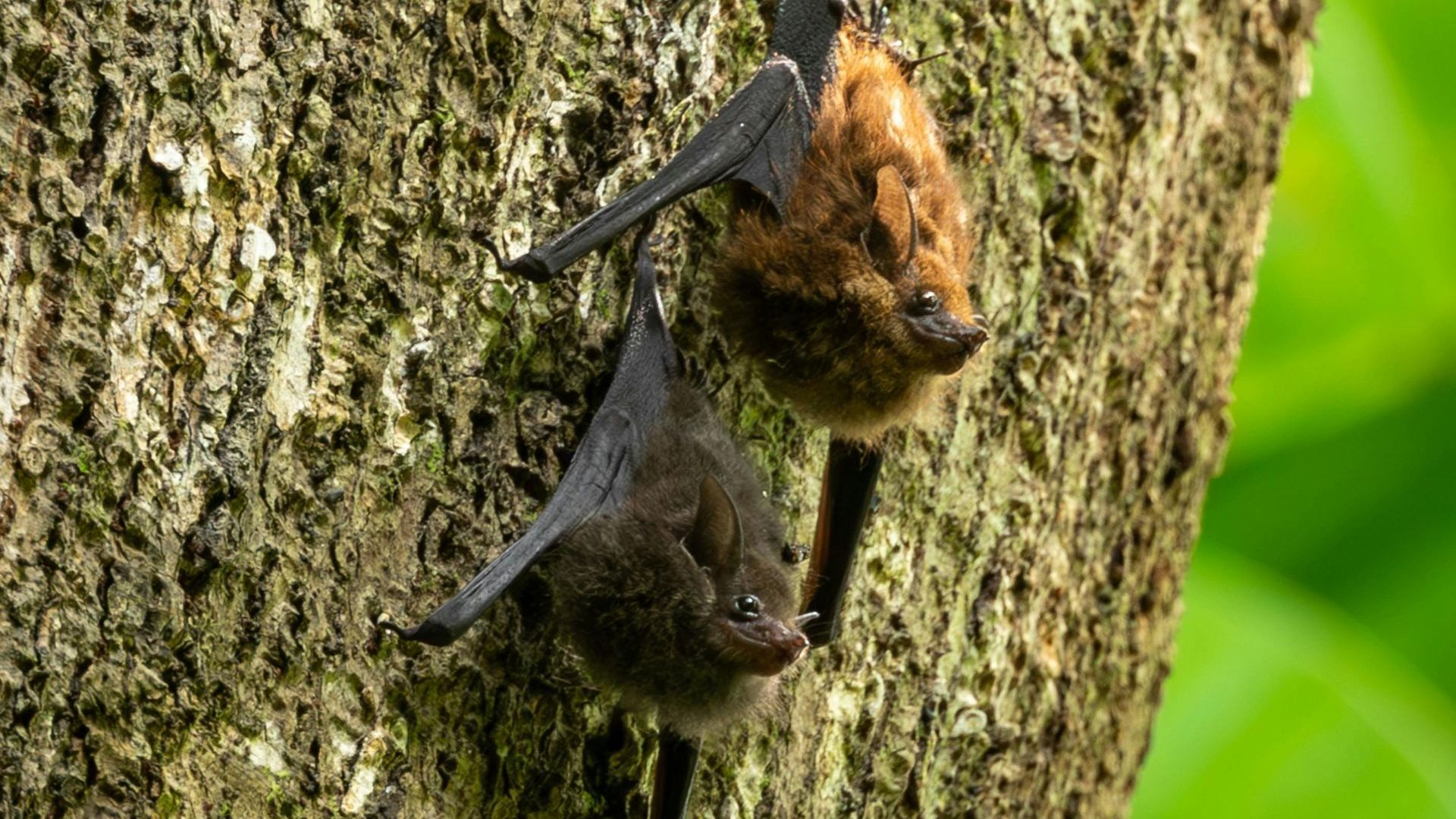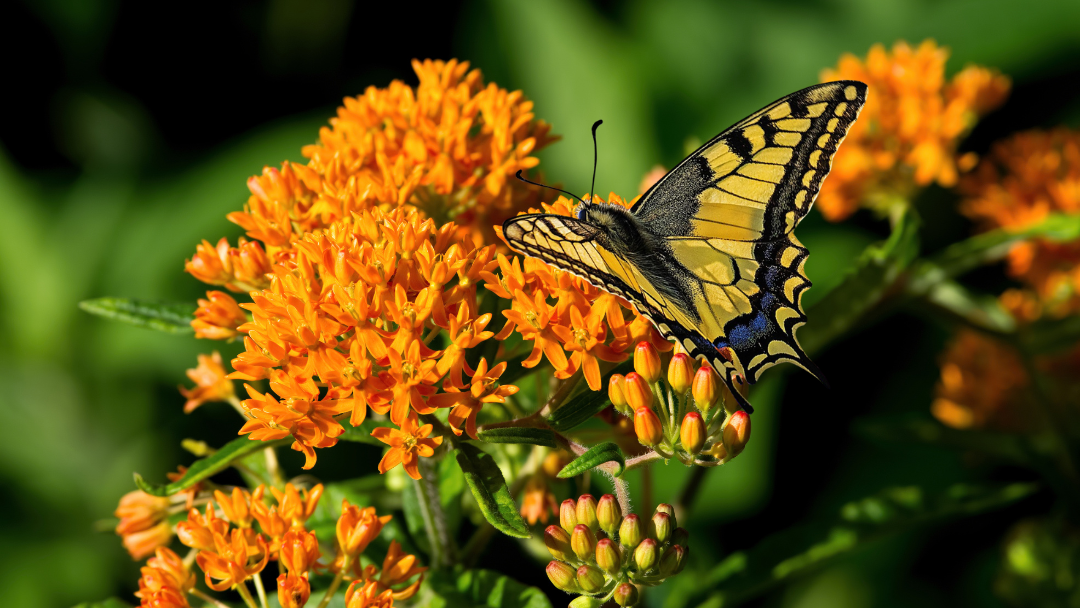A Focused Approach to Yard Certification
Spring renewal revitalizes the spirit. The return of blooms, birds, and spring peepers may inspire you to get out in your yard and look around at what’s working and what’s not. The checklist grows and then come the questions. What needs to be moved? What needs to be replaced? Did that shrub survive winter? How do I bring more all-season color? But a new question to ask is, how can I support nature with my outdoor space? Taking a focused approach through a Pennsylvania yard certification program can help you tailor your garden “To Do’s” to achieve a specific goal—whether it's creating a pollinator-friendly habitat, incorporating more native plants, or designing a wildlife-friendly yard. Here are a few programs to explore:
Water Quality Certification

We all live in a watershed. A watershed is an area of land where all the water eventually drains into a single body of water. After rain, water is absorbed by the soil, gets used by plants, evaporates into the atmosphere, and eventually enters freshwater bodies like lakes and streams. Managing stormwater runoff and keeping our water clean helps us all—whether we fish in, swim in, or drink that water.
Certifying your property through a Pennsylvania watershed certification program means that you take purposeful steps to improve water health and reduce pollution. To be recognized as watershed-friendly, property owners can:
- Limit or eliminate contaminants entering groundwater
- Plant native vegetation to infiltrate stormwater
- Volunteer with local watershed organizations
- Keep farm animals out of streams
Created through a partnership between Penn State Extension Master Watershed Stewards and the Nurture Nature Center, the Watershed Friendly Certification Program will help you to reduce runoff, improve water quality, and promote sustainable landscaping practices. The best part is, it’s suitable for all sizes and types of properties.
Biodiversity Certification

There is a biodiversity crisis around the world, even here in the U.S. According to a 2023 report by NatureServe, it’s estimated that “34% of plants and 40% of animals are at risk of extinction, and 41% of ecosystems are at risk of range-wide collapse". Not having a diversity of species in our area creates an imbalance in nature. A healthy environment depends on diverse food sources, safe habitats for wildlife to live and raise their young, and a balanced food web that allows ecosystems to thrive.
Even in urban and suburban spaces, improving biodiversity is possible through planting native plants. Whether it’s flowers in a sunny spot, a native tree or two, or groundcovers or meadows instead of traditional grass lawns, you can make a real difference in habitat restoration and pollinator support.
There are two wonderful biodiversity certification programs to help you boost the ecological impact of your space—Doug Tallamy’s Homegrown National Park and the National Wildlife Federation’s Certified Wildlife Habitat®. Fortunately, these programs also guide you to resources for adding native plants and help with planning sustainable garden spaces. Increasing biodiversity in your yard has never been so easy!
Pollinator Habitat Certification

Pollinators need more than just flowers to make your outdoor space their home. Providing water sources, nesting sites, and a variety of native plants that support every stage of a pollinator’s life cycle are all desperately needed. One very important change you can make is reducing pesticide use, which target not only pests but essential pollinators too.
There are several pollinator habitat certification programs to help you along your journey to create a pollinator-friendly garden or landscape. Penn State Extension Master Gardeners have created a very helpful worksheet to guide you through the various ways you can support pollinators on any property type and size—and if you need help selecting native plants for pollinators, they have you covered! You can also focus exclusively on butterflies by looking at the North American Butterfly Association or the Monarch Waystation certifications. These programs cover similar aspects as the Master Gardener Certification and are less extensive. With a decline in all pollinator populations, supporting them is as important as ever.
Final Thoughts
Certifying your yard or garden space is a journey. Each certification program mentioned provides a guide to help you to tackle one aspect of sustainable landscaping at a time. Likely, you have already taken some of the steps—such as planting native plants or reducing pesticide use—without knowing it. Once you have qualified, proudly display your certification sign so that others can be inspired by the positive changes you have made in creating a wildlife-friendly and pollinator-friendly habitat. Whatever your focus, you will be making a tremendous difference in your local environment.

Check out the latest:









